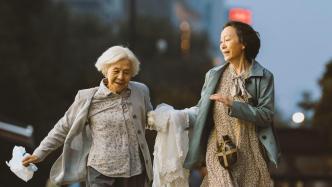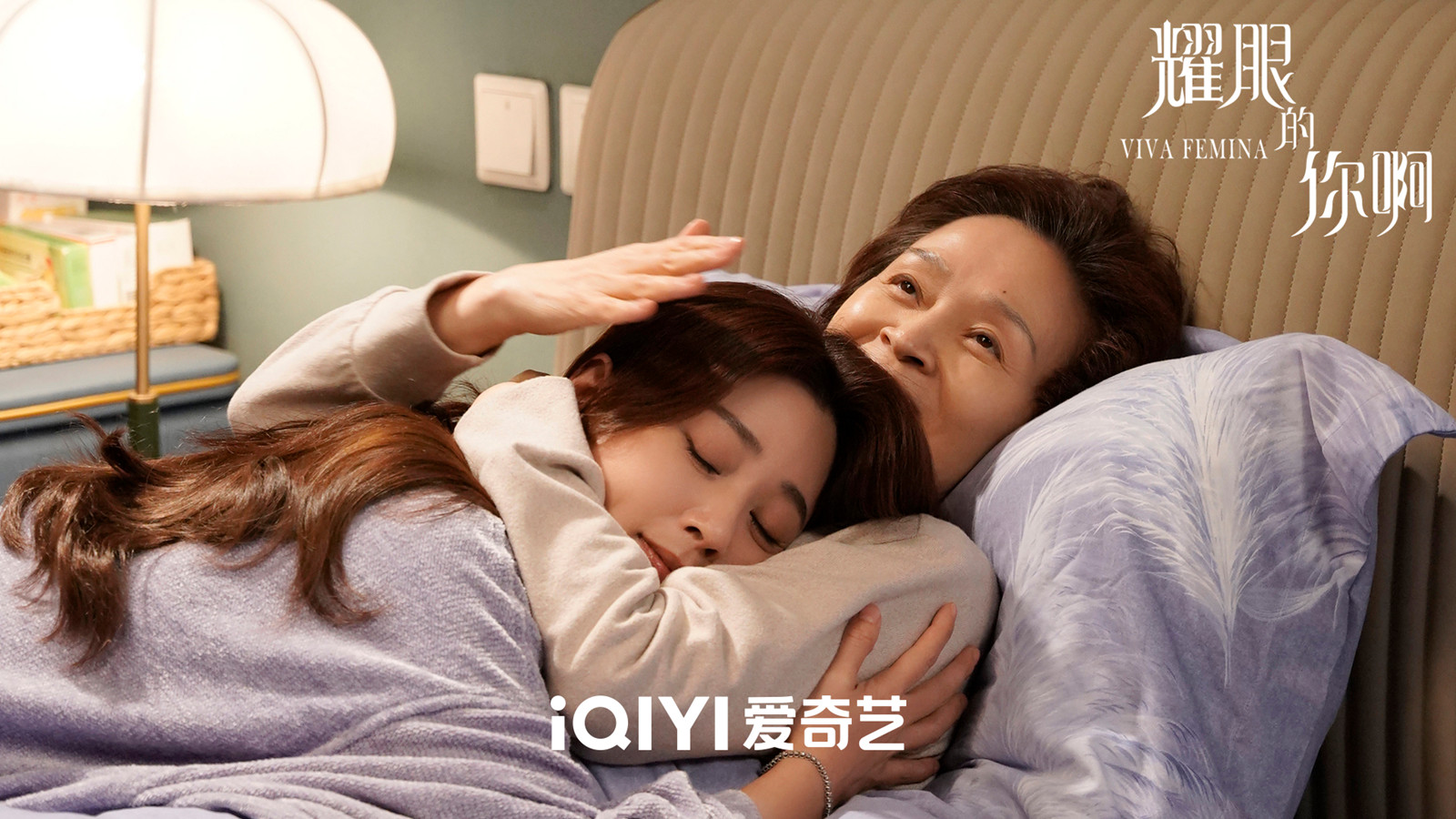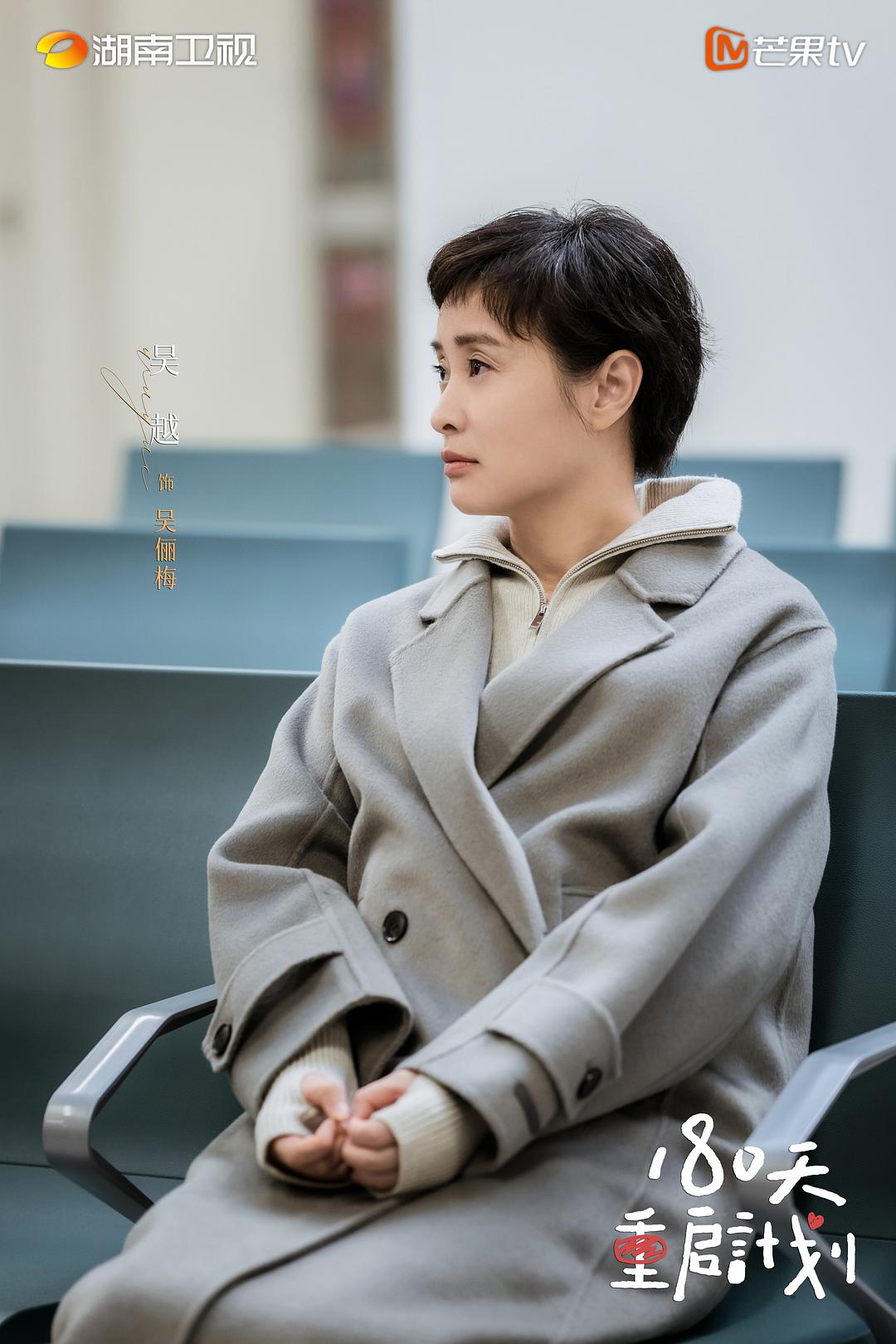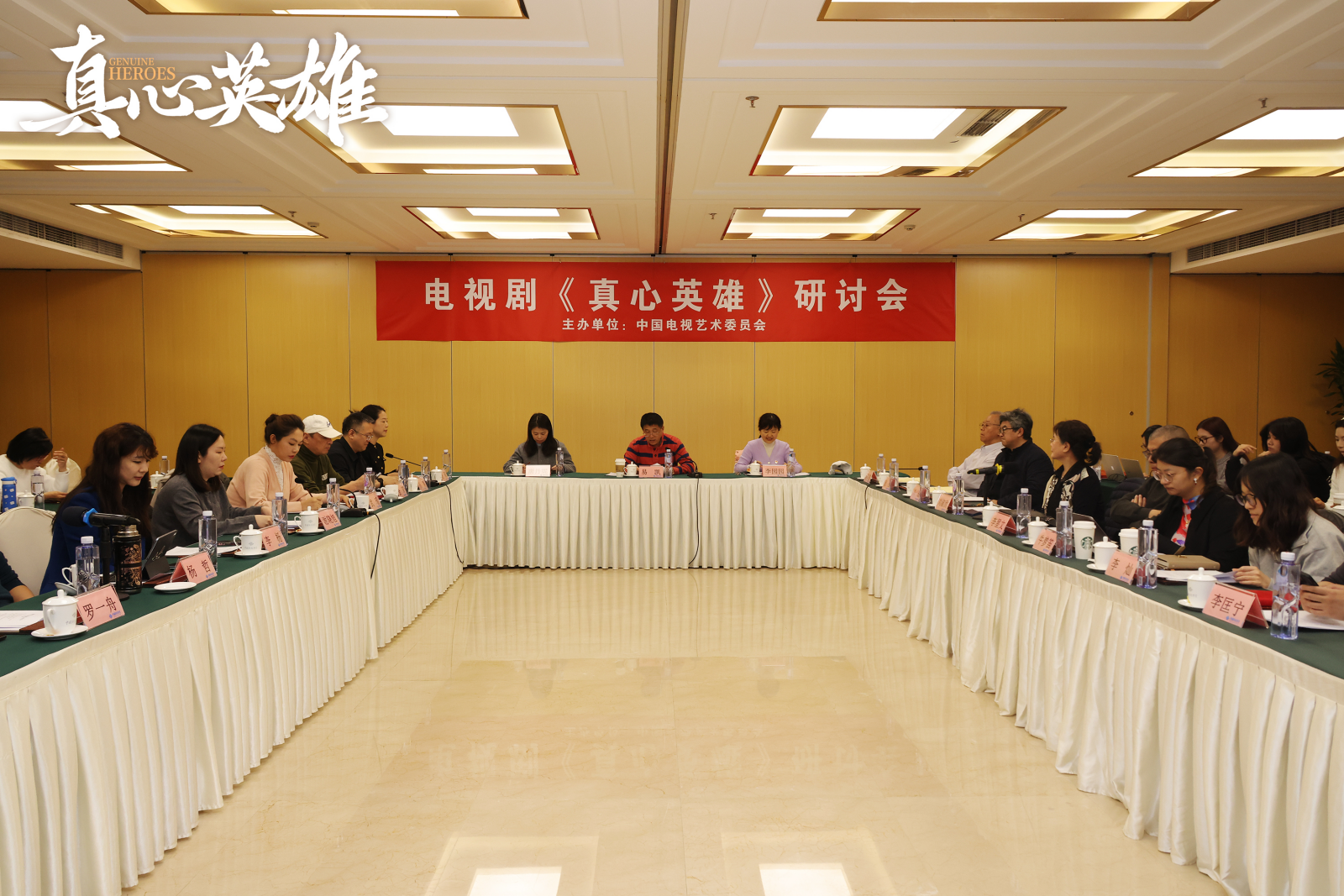
Recently, dramas such as "The Dazzling You", "This is the First Time in My Life", and "Ms. Dignity" have been launched at the same time, triggering heated discussions in public opinion on the topic of female group dramas. The so-called female group portrait drama generally takes multiple women as the main object of expression, adopts a multi-theme parallel narrative mode, tells the different states and psychology of different women when they face life choices in family, marriage and workplace, and discusses social hot spots from different standpoints. The topics are interpreted in a variety of ways, and the dramatic and topical degree of the work is enhanced with fierce conflicts and value collisions, which has aroused widespread attention from all walks of life.

"Dazzling You" Stills
The mass broadcast of female group dramas has become an important phenomenon in the field of film and television in recent years. In 2022, works such as "Menghualu" and "Twenty Not Confused 2" will be broadcast one after another, enabling the creation of female group dramas to fully bloom in the fields of costume themes, workplace themes, and family themes. On the list released by major platforms in 2023, many female group dramas are among them. This phenomenon reflects the creators' pursuit of innovation and change in the subdivision of female themes, and also reflects the current social reality of Chinese women's strong desire to express themselves. Therefore, exploring how to better present the real female world, listening to the voice of "her", witnessing the growth of "her", and feeling the power of "her" should be issues that need to be considered deeply in female group portrait dramas.

Stills of "Menghualu"
Women's issues: from broad coverage to deep digging
Three women in one play. The portrayal of female group portraits has always been the most eye-catching dramatic structure in literary and artistic creation, and the screen is no exception. Whether it is the previous "Dream of Red Mansions", "Foreign Girl" and "Pink Girl", or the recent "Ode to Joy", "Thirty Only" and "Twenty Not Confused", the creative concept of female group dramas has changed with the development of the times. , Narrative perspective and image construction have achieved multiple iterations.

Stills of "Thirty Only"
The most obvious change is that the focus on women's issues has changed from "big" to "deep". In the past, women's themes were mostly based on the theme of original family, marriage and love. A work involves emotional issues, family life, children's education, parents' pension and other topics, covering a wide range of topics. However, the recently aired women's group dramas focus on a certain aspect of women's daily life. For example, "This is the first time in this life" directly confronts the issue of "confinement" under the fertility issue, depicting confinement life in different ages and women's Mindset after becoming a mother. The smaller the topic cut, the easier it is for the plot to advance in depth. When presenting the many difficulties faced by women during confinement, the creator made a detailed interpretation and full response to women's and even the whole society's thoughts on the renewal and iteration of marriage and childbearing concepts, and launched a soul-searching exchange with the audience. .

"This is the first time in this life" poster
The image of women: from the domestic field to the social space
Female images hold up "half the sky" of film and television works. With the continuous improvement of women's social status, women are active in all walks of life and participate in increasingly important social division of labor. Correspondingly, the female images in film and television dramas, especially female group dramas, have also undergone profound changes. A group of female images with distinctive personalities stood out, consciously responding to the creative question of "what kind of female characters are needed on the screen".
From being trapped in the routines of parents' short stories and emotional entanglements, to indulging in the refreshing feeling of "big heroine" and the sweetness of "Mary Su", although female-themed dramas used women as the protagonists in the past, they often confined them to mothers in the family narrative field , Daughter identity. In the current female group portrait drama creation, female images have entered a broad social space, and they have the courage to explore more possibilities in life beyond family status. As a result, the heroine's ability to control her life has been significantly enhanced, she can face her own desires and ambitions calmly, not only can she become an all-powerful professional, but she can also grasp the right to speak and sense of rhythm in romantic relationships. Women are no longer binary oppositions such as mother-in-law and daughter-in-law, rivals in love, but instead appear as mutual aid alliances under the guidance of modern gender concepts. With empathetic understanding and sympathetic understanding, they resolve conflicts, resolve conflicts, heal anxiety, and convey the emotional power that warms people's hearts.
In addition to experiencing sensual emotional life, the female images in the female group drama also have rational thinking about society and life. Questions such as "Who decides how revealing women's clothing should be" "Should there be a sense of proportion in marriage" and "Is a housewife a job" etc. These issues have become a window for contemporary women to contemplate themselves, care for others, observe society, and care about the world. When the audience looks at the characters in the play across the screen, they constantly examine and improve their "self", gain self-consistency in their hearts, and find the answers to life. The video world is also constantly communicating and colliding with real life, bursting out huge spiritual power and playing a positive role in promoting social progress.
Female Narratives: From Homogeneous Narrow Alleys to Multiple Innovations
Female group dramas are like a prism, showing different sections of contemporary women's real life, and achieving an effective expansion of female themes. Next, how to use the ups and downs of the plot and the relaxed narrative to further enrich the character image, enrich the story level, enhance the artistic appeal and spiritual leadership, and open up a wider space for the creation of female themes, which will test the creator's skill.

"Mother! "Stills
If female group dramas want to innovate, they can start by breaking through the homogenization dilemma of story setting and narrative logic. Open your horizons, and try to focus on different regions and different lives in addition to portraying the work and life of young women, such as portraying high-cold urban women, newcomers to society, and working mothers who are wandering between career and family. Stages, women's lives with different situations. In addition to laying out the routine plots of workplace counterattacks, family crises, and female friendships, it is also necessary to face the real situation of women's environment, pay attention to their real psychological and physical states, and face up to the difficulty of solving problems for them. In this regard, the film "Mom! "The creative idea is worth learning from. This work focuses on the lives of an elderly mother and daughter affected by Alzheimer's disease. It shows the severe challenges women face in the face of illness and aging, as well as their positive attitude of accepting frankly and fighting against forgetting with love. In short, female group dramas can work hard on multiple innovations. From the horizontal geographical environment and social identity to the vertical life experience and psychological growth, the audience, especially women, can find the connection points that fit their own lives from the narratives of various female group portraits, so as to resonate, trigger thinking, and gain enlightenment.
Feminine value: from being defined by others to being in charge
Digging the spiritual core of women's independent consciousness in film and television creation has to go through a process from shallow to deep—the shallow level is how women make a living and solve the problem of food and clothing in the sense of survival; the middle level is how women pursue emotional stability and spiritual stability in the emotional sense. Belonging; at the deep level, in the sense of existence, how women can explore the spiritual world and gain self-consistency and harmony with others. Therefore, female group portrait dramas should not stay in the workplace to make a living and emotional entanglements, but should further advance the plot to the depth of "her existence". This requires the female characters in the works to follow their own will every step they take and every choice they make, and break through the fog of life with their own efforts. Have a clear understanding of your own nature as a woman, and be able to use these advantages to contribute to society and the world in a way that is unique to women.
Of course, when women define their own value and pursue gender equality, it does not mean that they are opposed to men. A harmonious and healthy social gender landscape is when men and women support each other and work together for society, family and life. Therefore, while women's group portrait dramas highlight the wisdom of women, they must not deliberately objectify and vilify men, dwarf men's IQ and EQ, and reduce the male image to a "tool man" that highlights the role of women. Seeking common ground while reserving differences, learning from each other's strengths, and improving the realism of the plot and the recognition of the characters are the proper meaning of the creation of female group portrait dramas.
All in all, women's stories are a rich cultural mine, worthy of continuous and in-depth excavation. Looking forward to seeing women's unique insights into life, life, and the world on the road of women's "awakening, hard work, counterattack, and growth" images presented in female group portrait dramas, and feeling more powerful spiritual power bursting out of the female world.
(Author: Tan Xuefang, a special researcher at the Fujian Xi Jinping Thought Research Center on Socialism with Chinese Characteristics for a New Era, and a professor at the School of Communication, Fujian Normal University; Peng Hao, a postgraduate student at the School of Communication, Fujian Normal University. This article was originally published in Guangming Daily in 2023 Edition 15 March 15)


